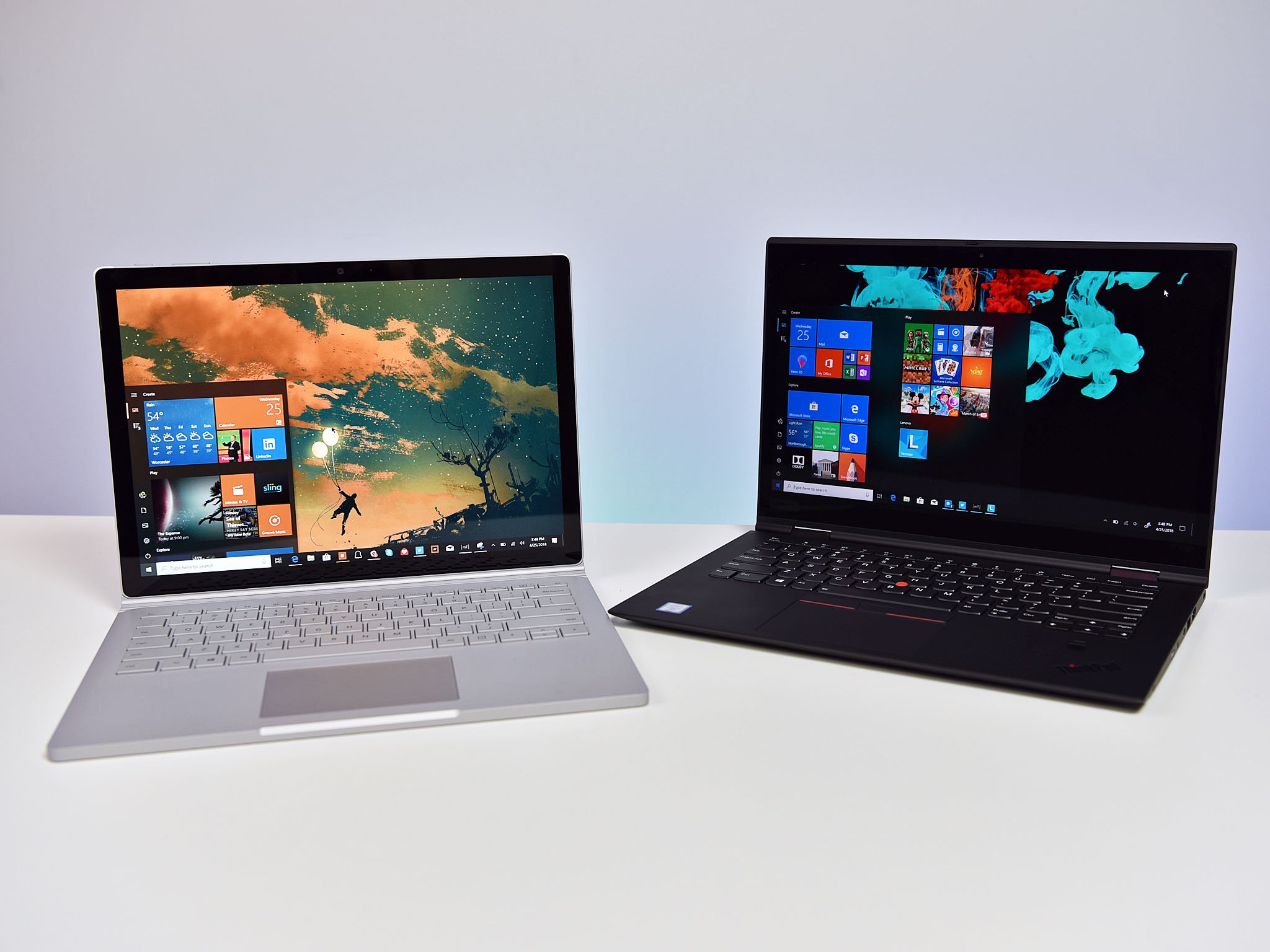Microsoft ships fresh fixes for Windows 10 October 2018 Update PCs
These fixes come days after Microsoft released its August "Patch Tuesday" updates.

Over the weekend, Microsoft released another round of fixes for older versions of Windows 10. The most prominent batch is for the Windows 10 October 2018 Update, which corrects some issues related to Windows Hello, PDFs in Microsoft Edge, and more.
Here's a full look at what's been fixed and improved in the October 2018 Update with KB4512534 (build 17763.720):
- Improves the reliability of push notifications about app deployments to Microsoft HoloLens 1 devices.
- Addresses an issue that prevents Windows Hello Face Authentication from working after a restart.
- Addresses an issue with downloading digital rights management (DRM) files from certain websites using Microsoft Edge and Internet Explorer.
- Addresses an issue that prevents the Universal C Runtime Library from returning the proper value for time zone global variables in certain conditions.
- Addresses an issue that causes Deployment Image Servicing and Management (DISM) to intermittently stop responding while deprovisioning some preinstalled apps using the Microsoft System Center Configuration Manager (SCCM).
- Addresses an issue in which the default keyboard for the English (Cyprus) (en-CY) locale was not set properly.
- Addresses an issue to enable Microsoft Edge to print PDF documents that contain landscape and portrait-oriented pages correctly.
- Addresses an issue with PDFs that are configured to be opened only once in Microsoft Edge.
- Addresses performance issues for the Win32 subsystem and Desktop Window Manager (DWM).
- Addresses an issue with the input and display of special characters that occurs when an app uses imm32.dll.
- Addresses a composition handle leak in Universal Windows Platform (UWP) apps.
- Addresses a memory leak in dwm.exe that may lead to a loss of functionality and cause a device to stop working.
- Addresses an issue that fails to bypass automatic sign in (Autologon) when you press and hold the Shift key during startup.
- Addresses an issue that causes the Windows Management Instrumentation (WMI) class Win32_PhysicalMemory to report that 32 GB memory chips have a missing Capacity value.
- Addresses an issue that prevents an App-V application from opening and displays a network failure error. This issue occurs under certain circumstances, such as when a system's battery is low or there is an unexpected power failure.
- Addresses an issue with User Experience Virtualization (UE-V) that may sometimes prevent exclusion paths from working.
- Addresses a rare issue that causes Windows Defender Advanced Threat Protection (ATP) to temporarily prevent other processes from accessing files.
- Addresses an issue that causes a workstation to stop working when you sign in using an updated user principal name (UPN) (for example, changing UserN@contoso.com to User.Name@contoso.com).
- Addresses an issue in which Windows Defender Application Control will not allow third-party binaries to be loaded from a Universal Windows Platform application. CodeIntegrity event error 3033 appears as, "Code Integrity determined that a process ( [[ process name ]] ) attempted to load [[ binary name ]] that did not meet the Store signing level requirements."
- Addresses an issue that prevents some Trusted Platform Module (TPM) devices from being used for Next Generation Credentials.
- Addresses an issue that causes applications on a container host to intermittently lose connectivity because of a port conflict with applications running on a container.
- Addresses an issue that prevents some users from receiving a TTL value when they are added as members of Shadow Principals. This occurs for users who have distinguished names (DN) that contain an escape character. The TTL value is now added as expected.
- Addresses an issue with the disabled attribute of the input element, which doesn't allow a scope to be passed to the authorization endpoint.
- Addresses an issue with leaks in Windows notification sockets that causes Windows to run out of ports.
- Addresses an issue that prevents server editions from activating with a Multiple Activation Key (MAK) in the graphical user interface (GUI). The error is, "0x80070490".
- Addresses an issue that may break the domain trust when the Recycle Bin is configured on the domain that carries the trust.
- Increases the number of supported interrupts per device to 512 on systems that have x2APIC enabled.
- Addresses an issue that may prevent devices from starting when they start up using Preboot Execution Environment (PXE) images from Windows Deployment Services (WDS) or System Center Configuration Manager (SCCM). The error is, "Status: 0xc0000001, Info: A required device isn't connected or can't be accessed."
- Addresses an issue that may cause the following to stop responding:
- Applications that were made using Visual Basic 6 (VB6).
- Macros that use Visual Basic for Applications (VBA).
- Scripts or apps that use Visual Basic Scripting Edition (VBScript).
- You may also receive an "Invalid procedure call" error.
This update is available now via Windows Update for PCs that are still running the Windows 10 October 2018 Update. There are also updates for Windows 10 versions 1709, 1703, 1607, and the original launch version of Windows 10. However, these updates are out of service for standard Windows 10 users and only available for Enterprise and Education customers.
For more, including a list of known issues, you can check out Microsoft's full release notes.
Get the Windows Central Newsletter
All the latest news, reviews, and guides for Windows and Xbox diehards.
Dan Thorp-Lancaster is the former Editor-in-Chief of Windows Central. He began working with Windows Central, Android Central, and iMore as a news writer in 2014 and is obsessed with tech of all sorts. You can follow Dan on Twitter @DthorpL and Instagram @heyitsdtl.

